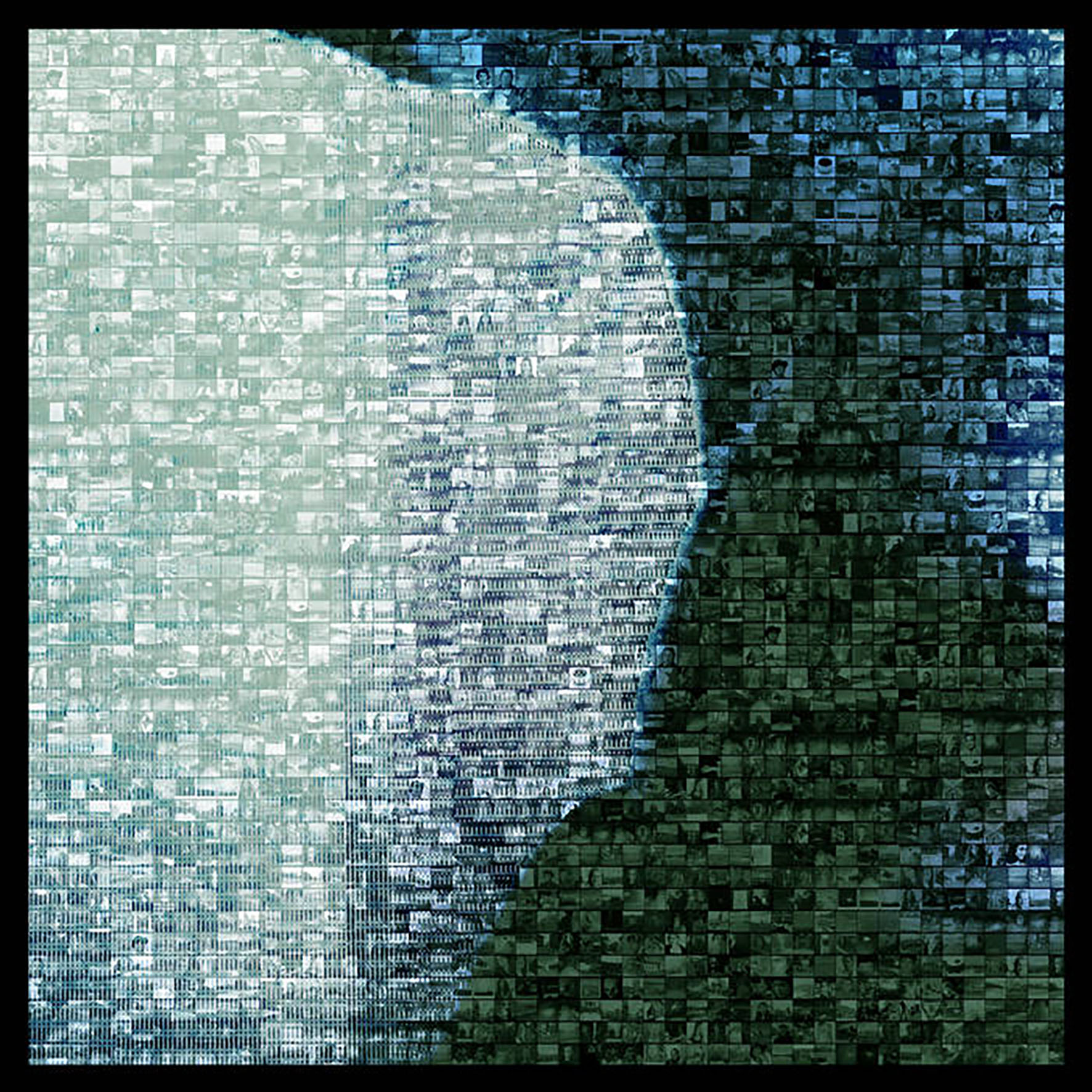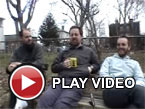Kyle Bobby Dunn, "From Here To Eternity"
 I am embarrassed to say that I naively thought last year's stellar split with Wayne Robert Thomas might be the dawning of a new era, as Dunn's "The Searchers" was a brilliantly distilled masterpiece of focused, sublime beauty. While there is at least one piece on this latest release that attains a similar degree of dazzling, dreamlike perfection, Dunn's flair for grand gestures has returned with a vengeance for From Here To Eternity (an album that is every bit as characteristically infinite as it is characteristically sad). On one level, I dearly wish Dunn would stop burying his brightest moments in overwhelming double- or triple-album avalanches of ambient drone. On another, however, the sprawling scope of this album offers its own pleasures, as immersing myself into a three-hour reverie of billowing, soft-focus suspended animation is quite a quietly lovely and meditative way to spend an afternoon. To Dunn's great credit, however, there are also some menacing spectres of unexpected violence and dissonance lurking within his fog of drones, revealing that the seeming tranquility is a fragile veneer that conceals simmering tensions and enigmatic depths.
I am embarrassed to say that I naively thought last year's stellar split with Wayne Robert Thomas might be the dawning of a new era, as Dunn's "The Searchers" was a brilliantly distilled masterpiece of focused, sublime beauty. While there is at least one piece on this latest release that attains a similar degree of dazzling, dreamlike perfection, Dunn's flair for grand gestures has returned with a vengeance for From Here To Eternity (an album that is every bit as characteristically infinite as it is characteristically sad). On one level, I dearly wish Dunn would stop burying his brightest moments in overwhelming double- or triple-album avalanches of ambient drone. On another, however, the sprawling scope of this album offers its own pleasures, as immersing myself into a three-hour reverie of billowing, soft-focus suspended animation is quite a quietly lovely and meditative way to spend an afternoon. To Dunn's great credit, however, there are also some menacing spectres of unexpected violence and dissonance lurking within his fog of drones, revealing that the seeming tranquility is a fragile veneer that conceals simmering tensions and enigmatic depths.
Past Inside The Present
Much like Celer's Will Long, Kyle Bobby Dunn is a prolific and beloved figure in the contemporary ambient drone scene with a strong predilection for floating, soft-focus melancholy.While the two diverge in significant ways (Dunn is bitterly droll and fond of epic, monolithic releases), they share a very similar problem: it is extremely hard to make each new batch of elegantly blurred, slow-motion dreamscapes seem different and distinct from previous batches, especially when working with a very constrained, minimal palette.On From Here to Eternity, "Years Later Theme" is probably the most archetypal example of that particular palette, as gently shimmering swells of processed guitar languorously twist together to weave a blissful reverie. I expected to find a lot of such fare scattered through this opus given its extreme length, but Dunn proves to admirably inventive at finding fresh variations upon that familiar template (and he sometimes departs from it almost entirely).For the most part, those twists tend to involve a boiling or grinding undercurrent of harsh guitar noise, though there are also some occasional moments of almost beatific radiance, such as "Boul. Gouin" and "The Flattening."The endlessly shifting contrast and tension between the album's lighter and darker moments is an intriguing framework, as the album feels like a series of heartfelt attempts to recapture the elusive lingering impressions and half-remembered scenes from a lifetime of emotional peaks and valleys.During the most lovely pieces, it is very easy to imagine a flickering, soft-focus film loop that blurs the boundaries between childhood home movies and the sweeping romanticism of Hollywood's golden age.
Though I have no doubt at all that Dunn could have easily assembled an album this massive entirely on his own, he opted to try something a bit different with this release and invited a talented cast of collaborators to flesh out some of these pieces with their own arrangements.Notably, that list includes a murderers' row of artists from Kranky's golden age, as like-minded representatives from loscil, Pan American, Labradford, and Benoit Pioulard all make appearances.Curiously, however, all of their contributions blend quite seamlessly into Dunn's own vision, so it is quite easy to forget that they were even involved.In a few cases, however, Dunn's guests manage to assert themselves in more striking ways.The most impressive example is "Triple Axel on Cremazie," as Michael Vincent Waller's delicately twinkling and achingly beautiful piano motifs transform the warm, gently churning drones into the album's haunting centerpiece.Elsewhere, Josh Barsky adds some lovely organ to the hiss-soaked thrum of "Zendel Holiday Hangover Toccata," while Maryam Sirvan likely had a big hand in the howling and grinding crescendo of the album's closer "Eternity, the Stars & You."With the exception of "Triple Axel," however, Dunn still burns brightest on his own–particularly on "La Stationnement de Finders," which sounds like "The Searchers" being played back on a slightly murky and slowly disintegrating tape.Elsewhere, I was quite fond of "From Over to Wendover," which makes very poignant use of a movie sample for an understated crescendo (a woman's voice breaks through the bleary haze to plead "wait for me!").
I feel comfortable stating that From Here To Eternity is probably Dunn's strongest full-length to date, but he is still basically doing the same thing that he has always done and he has been quite good at it for a long time.The only real difference is that has become a bit more focused over the years.In fact, Kyle Bobby Dunn albums remind me of Haruki Murakami novels: no matter what the ostensible premise might be, Murakami is always irrevocably and obsessively drawn back to the same themes again and again.It feels like he is endlessly chasing an elusive vision and will not stop returning to it until he finally gets it exactly right (or, more likely, dies trying).If I had to guess, I would say that Dunn's own quixotic obsession is a desire to replace the cold harshness of the outside world with an appealingly warm, blurred, and poetic cinema of bittersweet memories.He is admittedly quite adept at conjuring that beautiful and sustained illusion on a grand scale, but it is a precarious edifice and this album in particular reveals an omnipresent darkness gnawing at the edges of that idyll.While the strongest pieces tend to be the ones where the light and dark attain a sort of fragile and temporary internal balance, the true depth and artistry of From Here to Eternity lies in the cumulative power of the whole rather than in its individual moments.
Samples can be found here.



